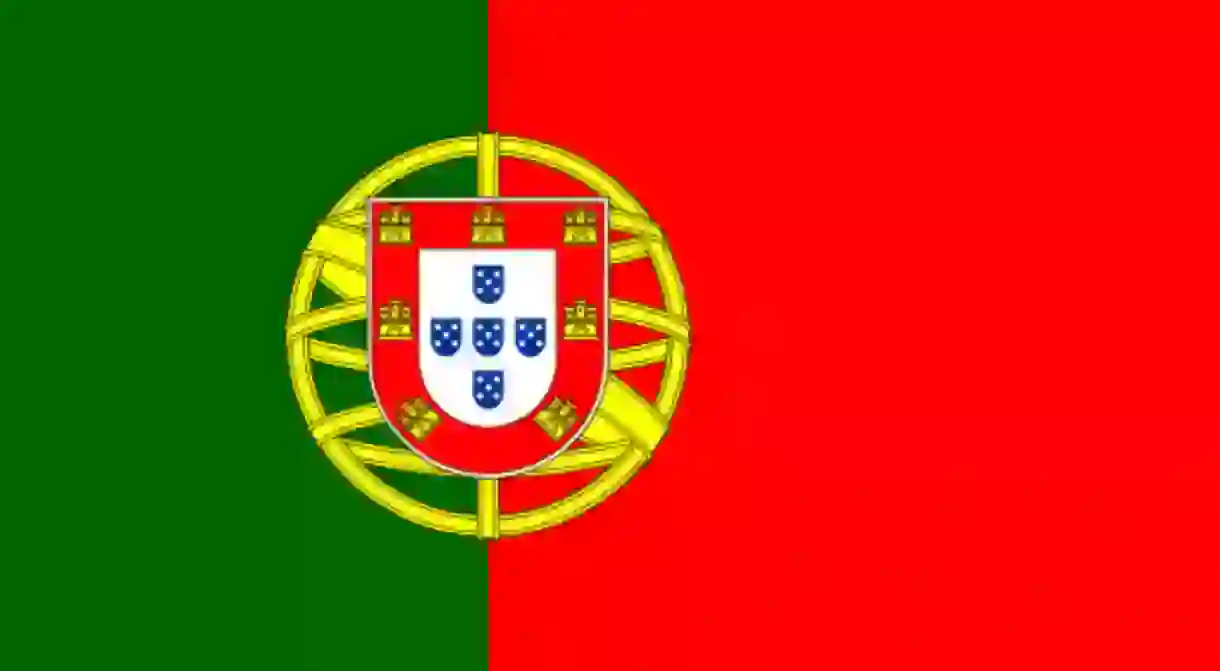8 Cool Facts About the Portuguese Flag

Today’s Portuguese flag was established in 1911 but most of its symbols date back hundreds of years. Like other flags from around the world, Portugal’s has a story behind it and is the result of many proposals and revisions. Take a look at some of the facts and features about the Portuguese national flag (as well as a few extras).
The timeline dates one year after the end of a monarchy
The new, and current, flag design was proposed one year after the Portuguese Monarchy was overthrown and the Republic was established. The flag’s design shifted from a blue and white background to green and red, spotlighting the change of control within the country.
Hope and blood
Green and red are the two colors that stand out on the flag, officially representing hope for the future and blood during battle, respectively. The Portuguese Republic decided on the colors, giving these reasons, but speculation suggests that the government may have had underlying reasons that were never made public.
The central shield represents victories
The central red shield, filled with yellow castles and smaller blue shields, symbolizes victories against the Moors. This is the oldest symbol on the Portuguese flag. The smaller blue shields represent the five Moorish kings who were killed by the first King of Portugal, Afonso I. The seven yellow castles symbolize Moorish fortresses that were overthrown in battle.

The flag reflects homage towards the Age of Discoveries
The yellow ribbon-like structure around the shields represents a navigational instrument known as an armillary sphere. Portuguese navigators used this tool in conjunction with knowledge of astrology to help navigate across the oceans. This symbol is used to represent the Age of Discoveries, a crucial period in Portugal’s history.
Each region and district have their own flag
Each district in continental Portugal, as well as the Azores and Madeira island, are represented with their own flags.

The national flag changed many times
The green and red background only became part of the national flag after the first Republic came into power. Before, it was dominated in a blue and white color scheme. At the beginning of the country’s history, the flag basically consisted of the coat of arms, and the number of yellow castles changed a few times. Other changes included the shape of the shield (alternating from rounded to pointed at the bottom) and a crown above the shield, which was later replaced with the armillary sphere.

It has more than one name
The flag has gone by the names Bandeira das Quinas (Flag of the Five Escutcheons) and Bandeira Verde-Rubra (Green-Red Flag), which is a mix of modern Portuguese and Latin (rubra is the Latin word for red, for which vermelho is the Portuguese equivalent).
The flag was designed by national artists
The three men who were commissioned with spearheading the flag’s design were a painter, journalist, and a writer. Their names were Columbano Bordalo Pinheiro, João Chagas, and Abel Botelho.













